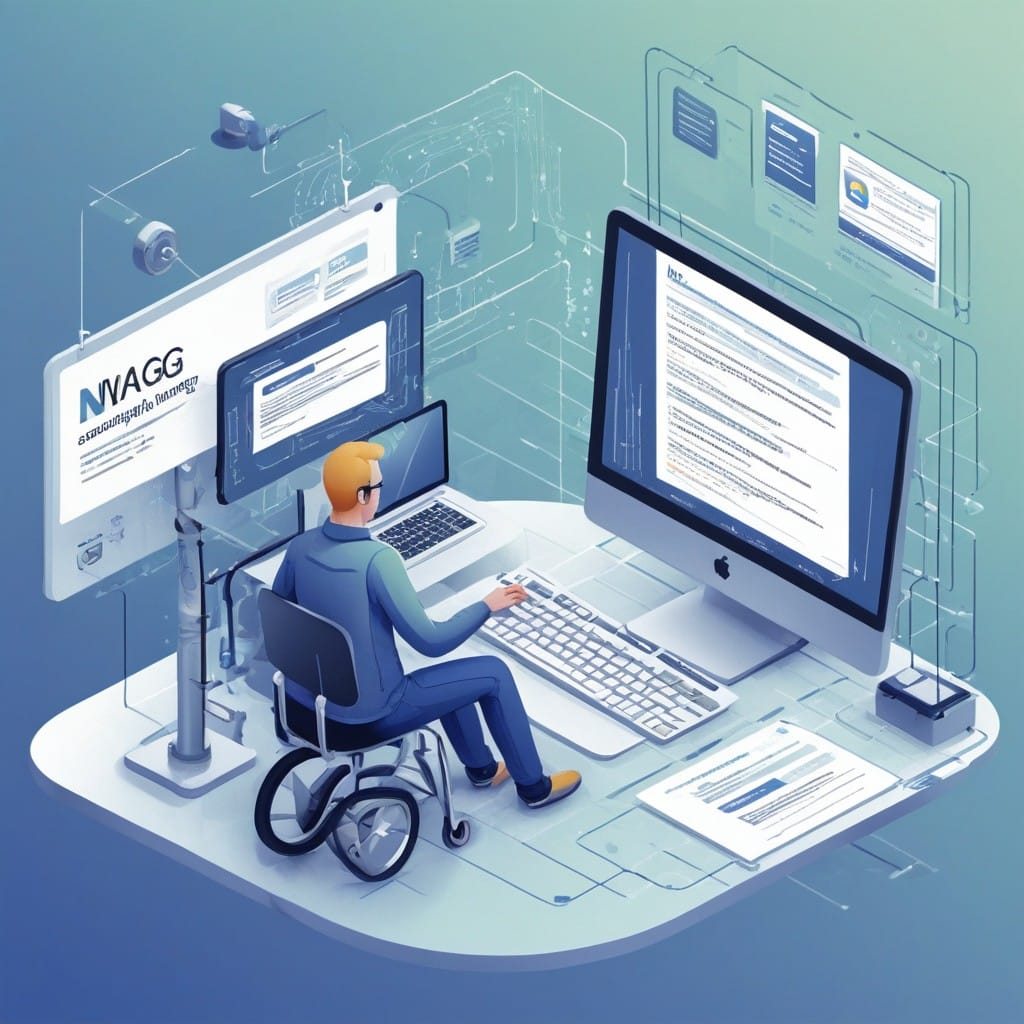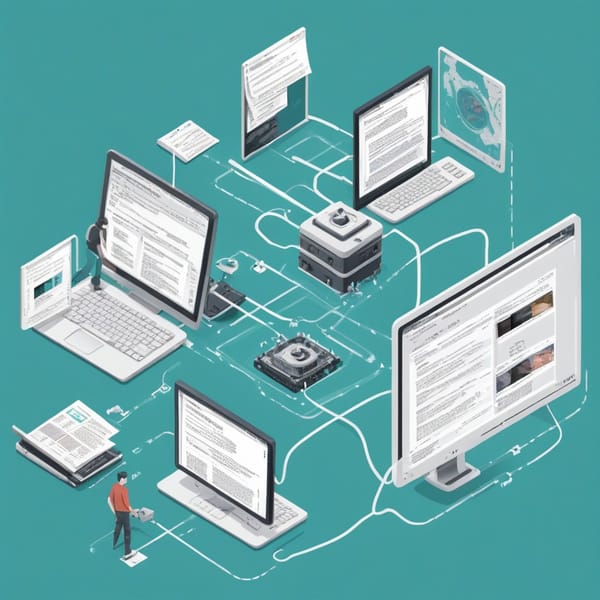Automating WCAG Compliance with n8n: Streamlining Accessibility Audits for Web Developers

Web accessibility is no longer optional—it’s a legal and ethical necessity. The Web Content Accessibility Guidelines (WCAG) provide a framework for ensuring your website is usable by everyone, including people with disabilities. However, manual accessibility audits can be time-consuming and prone to human error. Enter n8n, a powerful workflow automation tool that can help web developers automate WCAG compliance checks, saving time and improving accuracy.
In this post, we’ll explore how n8n can streamline accessibility audits, integrate with popular testing tools, and ensure your website meets WCAG standards effortlessly.
Why Automate WCAG Compliance?
Manual accessibility testing involves:
- Running tools like Axe, WAVE, or Lighthouse.
- Reviewing code for semantic HTML, ARIA labels, and keyboard navigation.
- Testing with screen readers and other assistive technologies.
While these steps are essential, they’re also repetitive and labor-intensive. Automation can:
- Reduce human error by consistently applying checks.
- Save time by running audits on schedule or after deployments.
- Scale effortlessly across multiple pages or entire sites.
How n8n Simplifies Accessibility Audits
n8n is an open-source workflow automation platform that connects apps and services with customizable workflows. Here’s how it can help with WCAG compliance:
1. Integrate Accessibility Testing Tools
n8n can connect to APIs from tools like:
- Axe-core (via scripts or third-party services).
- Google Lighthouse (for automated audits).
- Pa11y (for automated accessibility testing).
By setting up a workflow, you can trigger these tools to scan your site and return actionable reports.
2. Schedule Regular Audits
With n8n’s scheduling feature, you can:
- Run daily, weekly, or post-deployment scans.
- Send reports to Slack, email, or a dashboard.
- Flag regressions before they reach users.
3. Automate Fixes Where Possible
Some accessibility issues can be fixed automatically, such as:
- Adding missing alt text to images (via AI services like OpenAI).
- Correcting color contrast ratios (using design tools’ APIs).
- Enforcing semantic HTML structure (via static site generators or CMS hooks).
n8n can orchestrate these fixes or notify developers when manual intervention is needed.
Step-by-Step: Building an Accessibility Workflow in n8n
Here’s a high-level example of automating WCAG checks with n8n:
- Trigger: Start with a schedule (e.g., daily) or a webhook (e.g., after a deployment).
- HTTP Request: Call an accessibility tool’s API (e.g., Lighthouse CI or Axe).
- Process Results: Parse the JSON response for errors and warnings.
- Conditional Logic:
- If critical errors exist, alert the team via Slack or email.
- If issues are minor, log them to a spreadsheet or Airtable.
- Follow-Up Actions:
- Open GitHub/GitLab issues for tracked fixes.
- Update a compliance dashboard (e.g., Google Data Studio).
Real-World Benefits
Teams using n8n for WCAG automation report:
- Faster audits: Scans that took hours now run in minutes.
- Proactive compliance: Catching issues before users do.
- Better collaboration: Automated reports keep everyone informed.
Getting Started
To try this yourself:
1. Install n8n (self-hosted or cloud version).
2. Explore accessibility tool APIs (Axe, Lighthouse, Pa11y).
3. Build a test workflow—start small with a single page scan.
4. Iterate by adding notifications, fixes, or integrations.
Conclusion
Automating WCAG compliance with n8n turns a tedious manual process into a seamless, scalable workflow. By integrating accessibility testing into your development pipeline, you ensure your site remains inclusive without slowing down progress.
Ready to streamline your audits? Give n8n a try—and make accessibility a natural part of your workflow.
Would you like a deeper dive into a specific part of this workflow? Let me know in the comments!



